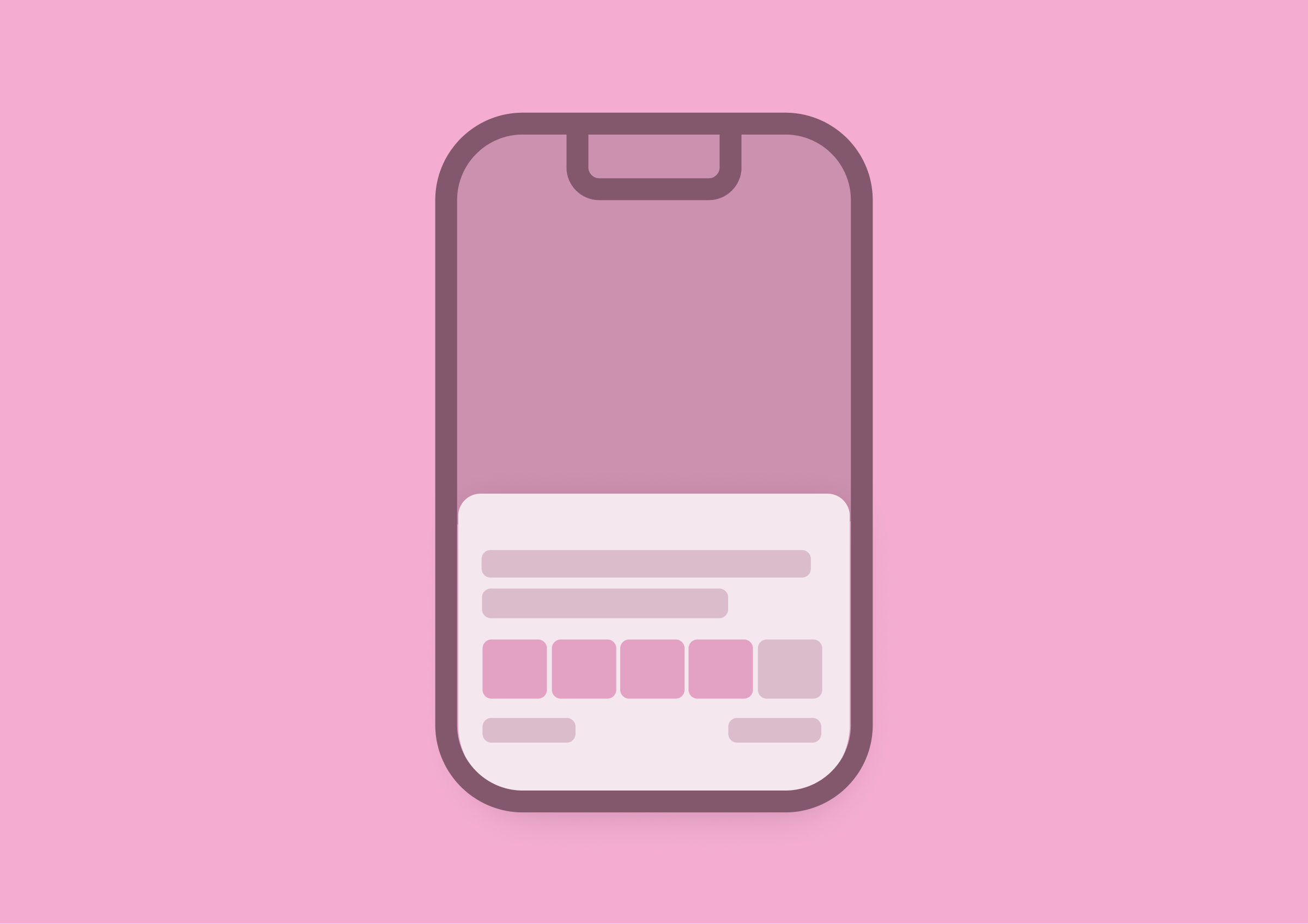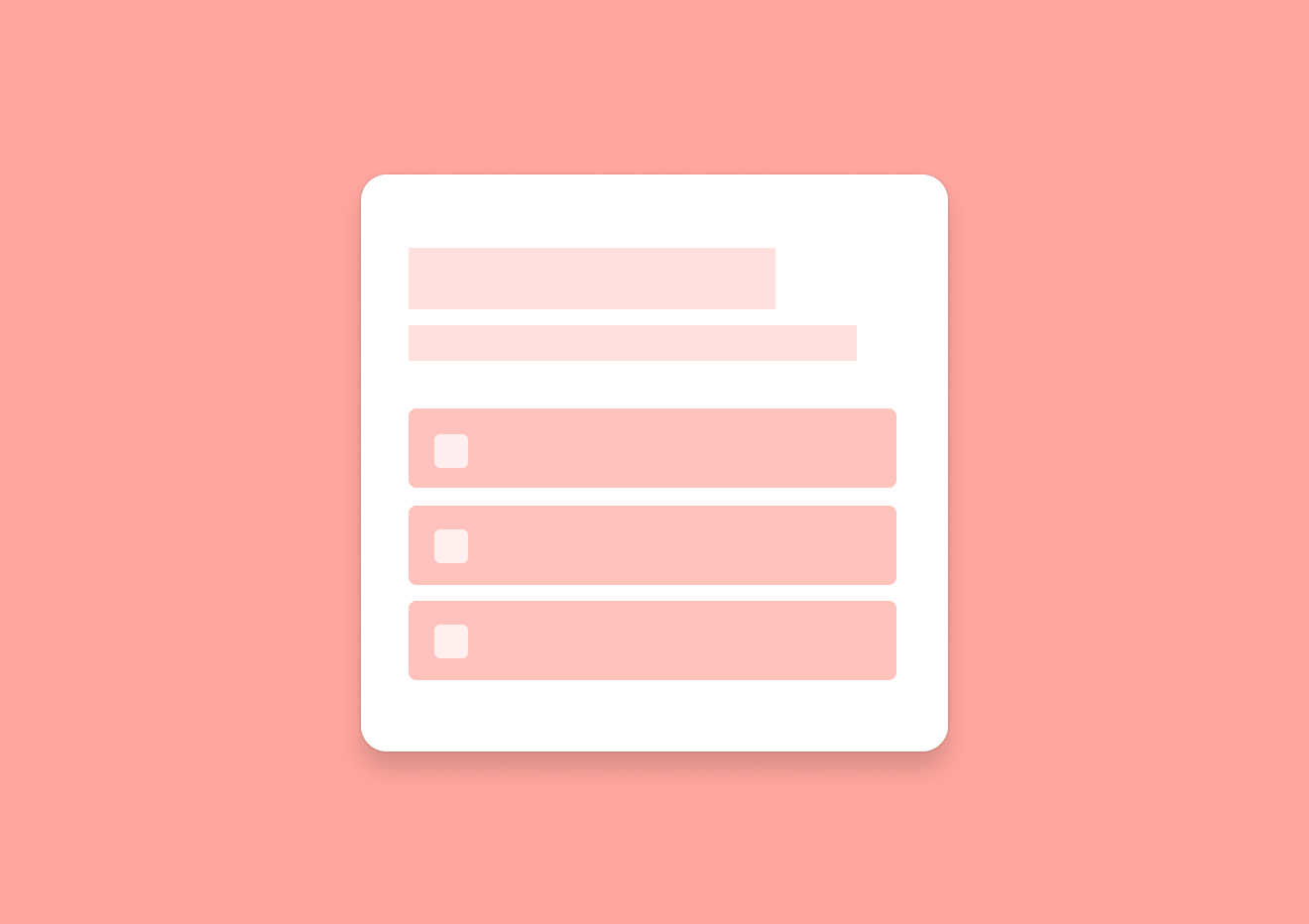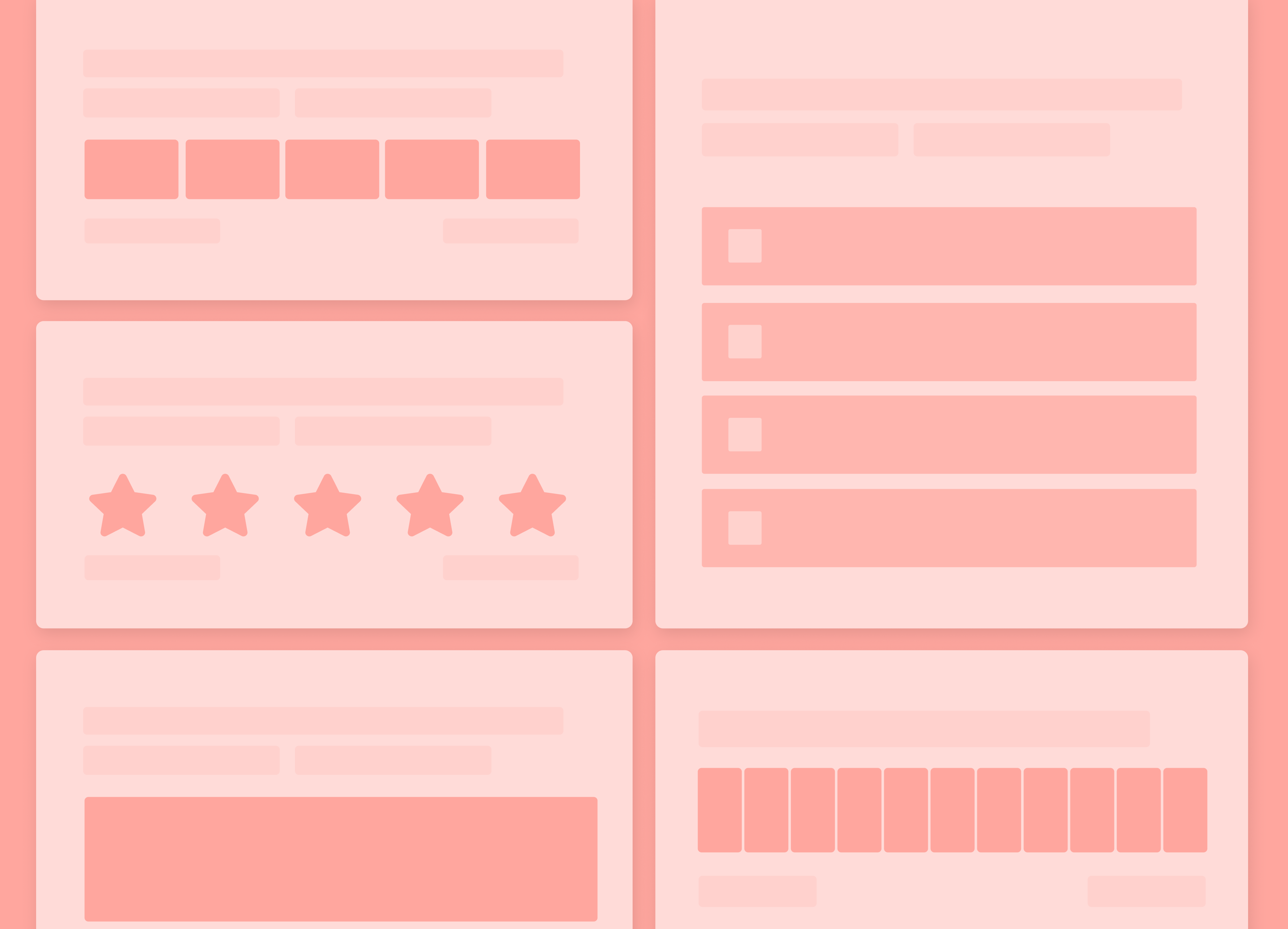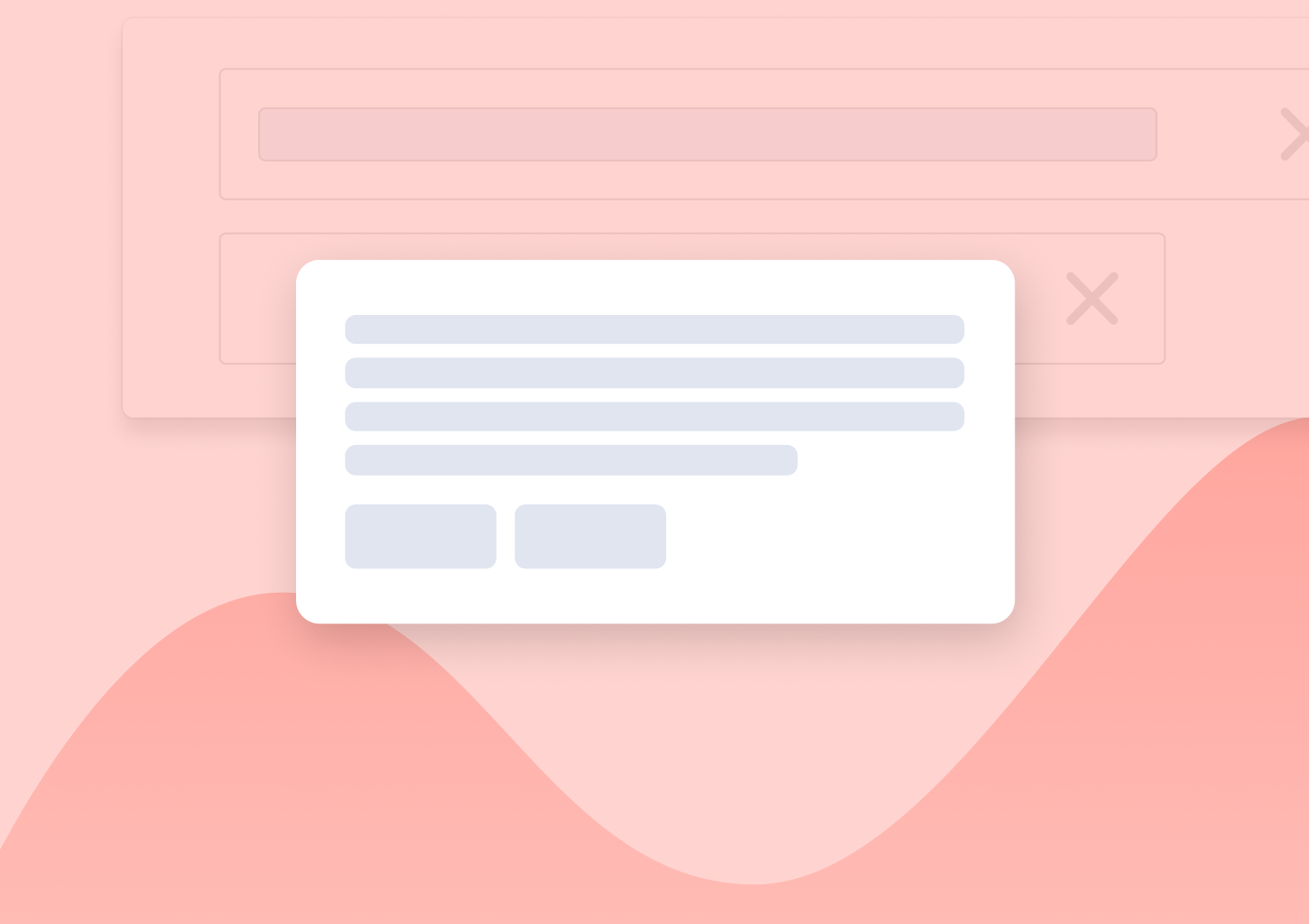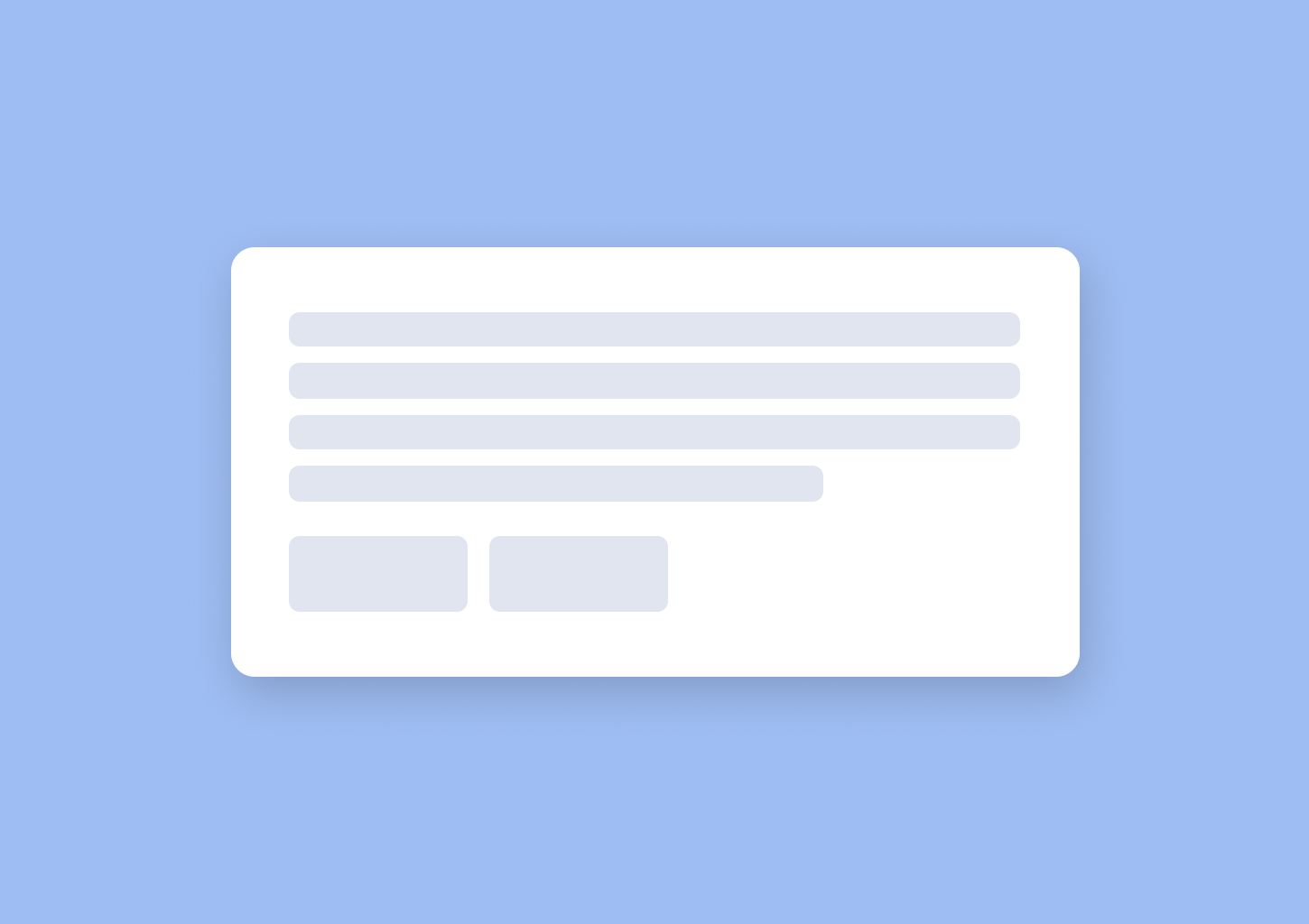17 Top Product Survey Questions (with Examples)
In this guide, I’ll show you the best product survey questions to ask.
These questions are so important because no one is better to help you build a better product (and a successful business) than your customers.
And you find out what they think about it exactly by asking the right product survey questions.
So, below, you’ll find the best questions to ask in a product survey to get the exact insights you need. I will also share with you some ideas for getting the most out of your product surveys.
So, let’s begin.
Why Should You Run Product Surveys?
Let’s look at the key benefits.
Product surveys are the best strategy to understand your users
Firstly, product surveys give you a chance to finally work with real data, not assumptions you have about your users. You can finally know what they think of your product, your company or its various departments.
And needless to say, you can use this data to improve practically every aspect of your operations. You can build better marketing personas this way. You can improve customer support because you know what trips your users. And with that in-depth information, you can take your sales to a whole new level.
Surveys get customers more involved in the product roadmap
You know, reaching product-market fit is so much easier if you listen to your customers. So is growing your company beyond the startup stage.
And that’s another thing that product surveys are great for.
But, it’s not enough to assume what they like if you don’t validate it. Use product surveys to understand the strengths and weaknesses of your product or service. Your product manager can use the learnings to improve the roadmap based on actual challenges your users are facing.
Identify new ideas for features or improvements
There’s no better way to improve your product development than hearing ideas from your most loyal users.
Think of the product surveys as brainstorming sessions with your customers.
It’s an opportunity for them to connect with your product and support your roadmap in ways that you may not have thought of. All you need is the right structure in your product surveys to help them be more creative.
For example, open-ended questions can give them space to express their thoughts on your product and what you can improve. Or if you’re asking a simple “yes or no” question, you can still add a follow-up to give space for further explanation.
Make it easier to collect insights
Product surveys can help you measure customer satisfaction in the most contextual way.
You can run segmented product surveys to reach your most engaged users and understand what they like about your product.
You can also ask product survey questions to your new users to gather their initial feedback.
Track and improve customer satisfaction
The best way to measure and improve customer satisfaction is to run the right surveys to the right audience.
Send NPS or CSAT surveys to learn more about your users, what they like about your product and what you need to improve the customer experience. You can use different survey templates based on what you want to get out of each survey.
For example, you can use a CSAT survey to find your customer satisfaction score but you can also run a CES survey to measure customer effort and how to improve the product experience.
How to Create Product Survey Questions
What makes a good product survey question? Here are some tips to consider.
Mix the question types
There are many types of product survey questions that you can ask. Use a mix of them to access different insights from your users.
For example, open-ended questions give more flexibility to your users when they want to share their thoughts about your product. Close-ended questions are more restricted but they can still be useful if you want simple and direct answers.
You can also use multiple choice questions when there is not just one right answer.
Leave it up to your customers to decide, for example, the features they like the most in your product.
Be specific
All good product survey questions should be clear and direct.
Let’s look at two examples of questions.
Option 1:
“We’d love to hear your feedback – what do you think about our product?”
Option 2:
“What do you think about our product’s X feature?”
As you can imagine, the second question has more chances of a higher response rate and better insights.
Every question should make one ask to avoid any confusion and multiple interpretations.
Don’t forget user experience
There is no need to ask too many questions at once.
It can be confusing and distracting.
Even worse, asking too many questions in a row can alienate your users.
If you’re still new to product surveys, use survey templates to pick the right questions.
Ask at the right time
Imagine asking a first-time visitor a question on how many times they’ve used your product the last year.
A question that feels irrelevant can make your users feel like you don’t care enough about their unique needs to ask the right questions.
Segment your users for better targeting and improved context to gain better insights out of every survey.
Think like your audience. When is the best time to launch a survey about their overall product experience? Most importantly, when do they have more chances to be willing to answer your questions?
17 Best Product Survey Questions to Ask (with Examples)
Ready to send a survey to your users?
Here are 17 product survey questions to ask your customers to gather feedback about your product.
#1. On a scale of 1 to 10, how satisfied are you with our product?
This is one of the most popular CSAT questions. Whether it’s about measuring customer satisfaction or gathering quick feedback about your product, it’s a relevant question to ask all your customers.
TIP: You can also segment your audience to trigger the survey at the right time to get the best results.
#2. How likely are you to recommend X product to a friend or colleague?

Do you know how many users are willing to recommend your products to their friends or family?
This question can help you find out just that.
Ask people to rate their likelihood of recommending your product to get your average score. Chances are that higher scores come from happier customers and an increased likelihood of them recommending the product to others.
Ideally, you want most of your users to pick at least 7 on this scale as an indication of their level of satisfaction with your product.
#3. How easy was using our product so far?

This is a question that all your users should answer at some point to understand how happy they are with the user experience.
You can ask the question in the form of a customer satisfaction survey (CSAT) to allow users to vote on a scale of happy and sad emojis to rate the ease of use of your product.
Another option is to include the question in a customer effort survey (CES) to measure your CES score and how you can improve it.
#4. How often do you use our product?
Understand your customers and how they use your product by finding out more about their frequency of use.
If the majority of your customers use your product daily, then it means that it’s important for them. If their use is more casual, it’s time to explore how to make your product more engaging.
#5. What do you like about our product?
This is a question that leaves room for a longer answer. Ask it as an open question to let the customers express their thoughts about your product.
Make sure you’re collecting all answers in a way that helps you spot the key trends among all results.
#6. What do you dislike about our product?
It’s not enough to know what your users like about your product. You also need to ask them what they don’t like.
This is an open question that can help users share their thoughts in their own words.
The answers may vary from important issues to small details but all feedback is useful. Document all responses and include the best answers to your product development sessions to explore how you can improve the user experience.
#7. How can we improve our product?
This is another useful question. There’s a difference between asking your users what they like or dislike about a product and what they want to improve.
This is an opportunity for them to contribute to your product roadmap.
If they are loyal users, they will be interested in helping you improve your product.
Make it easy for them to answer the question and trigger it at the right time to improve your response rate.
#8. What functionality do you value the most in our product?
This question can help you find the most popular features in your product. You can provide multiple answers to make it easier for users to vote on their favorite features.
Remember to trigger the question to the right audience to get the best results. You don’t want to ask the question to someone who’s using your product for the first time, do you?
#9. What is your greatest concern about our product?
Every user has different concerns when it comes to using a product. That’s why you need to listen to all of them.
This question can help you understand how your users think to get an idea of the overall customer feel.
An open question can help your users express themselves and share more details about their individual concerns. You can also discover their biggest challenges and how your product could help them overcome them.
#10. Why did you choose our product?
What makes a product stand out in the market? There are many assumptions coming from your team and the best way to validate them is to ask your customers.
Once they are more engaged, ask them for the reasons they chose your product over others. Use the insights to strengthen your value proposition and your product-market fit.
#11. What’s one feature you’d like us to add?
It should always be easy for your customers to make product feature requests.
Trigger this question when they spend a set amount of time using your product to hear their thoughts.
There may be some ideas that make good additions to your product roadmap.
#12. How would you feel if you could no longer use our product?

This is a good question to ask if you want to measure your product-market fit.
Ideally, many of your customers should be disappointed to an extent if they can’t use your product anymore. It’s an indication of the value your product adds to their work.
You can also add a follow-up question to get your customers to describe your target audience. It’s an opportunity to review your customer personas based on how your users perceive your product.
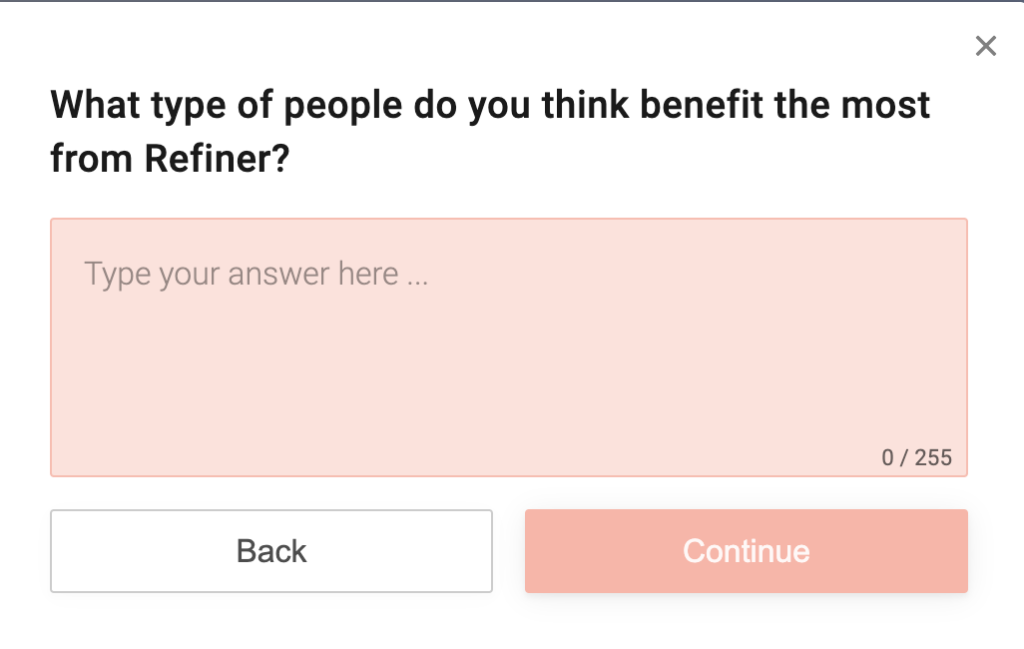
#13. Have you tried any other similar products before?
This could be a quick question with a “yes or no” answer. You can trigger it both for new and older users to measure their loyalty and interest in trying out different products.
If you want to learn more details, you can also add an open follow-up question for those who answered “yes” to name the products they’ve used.
Use the learnings to validate your biggest competitors and what your product may be missing.
#14. How does our product compare to others you’ve tried?
This is another question to find out how your customers feel about your product compared to your competition.
You can use it as a standalone question or as a follow-up for those who said they’ve tried similar products before.
#15. How would you describe our product?
If you want to review your sales and marketing messaging, ask this question to your most engaged users.
Use an open-ended question to allow your loyal users to describe the product in their own words.
Not all answers will be perfect but you can still gain valuable insights that you can use to improve your own product description and appeal to new audiences.
#16. Which of the 4 features would be more useful for you in our product?

This is a feature specification survey that can improve your product roadmap.
Get your users to vote on their favorite features through a multiple-choice question to confirm what they’d like to see next in your product.
Discuss the results with your product team to see how they compare with your existing roadmap.
#17. Do you consider our product to be a good value for money?
Interested in reviewing your pricing strategy? Get your users to share their thoughts about it.
This question can help you find out whether your customers find your product cost-effective for its offering. It’s different from overall customer satisfaction since someone may be happy with your product but still find it pricey. Or a disengaged user may be looking at different products that offer more features at a similar price.
If you want to find out more details, use a follow-up question and get your users to suggest the best pricing for your product.
It doesn’t mean you need to update your pricing accordingly, but you can still get an indication of how valuable they are finding your features compared to the pricing.
There you have it…
The 17 top product survey questions that will help you find out what your customers think about your product.
